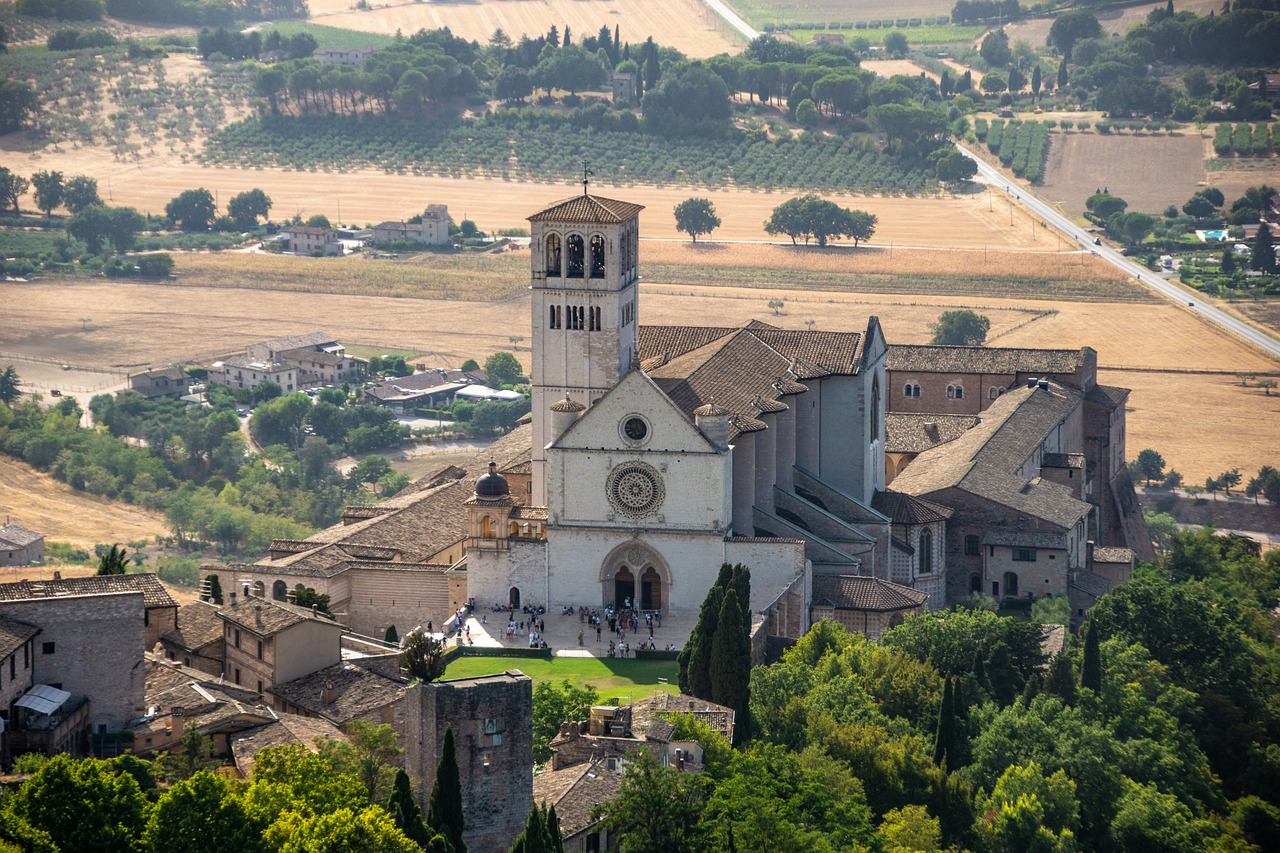My time is near
Mt 26: 14-25
Also Listen on:
Why do we like secrets so much? Modern literature and movies thrive on mystery and espionage stories; and investigative journalists dig up what people want to hide. Media giants lie to us about privacy, governments try to protect it but online it doesn’t exist anymore. Digitally you can construct multiple personalities while thinking you are being authentic. Conspiracy theories mushroom into mass global delusions. Voters often prefer to hear seductive lies and telling the truth is punishable by prison. Perhaps Pilate was right. When Jesus told him he had come into this world to witness to the truth, Pilate replied – either sneering or sadly we don’t know – ‘Truth? What is truth?’
A fear or feeling of betrayal is at the core of our present crisis of truth that, on an unprecedented scale, is pulling up social and personal relations by the roots. Fidelity and commitment are of the essence of the human. When these are weakened and basic trust is undermined, we are in big trouble, because we collapse into the delusions of the isolated and unchallenged ego.
Betrayal is a disturbingly major theme of Easter but it also exposes the fundamental fidelity at the heart of things. This is reflected in today’s gospel, being the fourth in a row to screen Judas as the anti-heroic protagonist in the drama. The Irish call today Spy Wednesday (because he sneaks off to sell Jesus for thirty silver pieces). In the Eastern Church it is called Great and Holy Wednesday. Out of the extreme clash of opposites, love and betrayal, something wonderful and beautiful emerges.
In his short life, John Main had a variety of careers: soldier, diplomat, lawyer, educator monk. Taught by the last two he once said that the purpose of Christian education is to prepare the young for the experience of betrayal. We are betrayed by those we trust but also by our dreams and expectations. The betrayed then usually demonise their betrayers. In war traitors are hanged. The alternative to this self-harming reaction is shown by Jesus at the last supper and in Gethsemane. He looks his betrayer in the eye and speaks to him with truth, but without even anger.
A late gnostic, pseudo-Christian text of the third century called the Gospel of Judas consists of imaginary conversations between Jesus and Judas. The disciple is presented as the one to whom Jesus revealed his mystery most fully and who understood it more accurately than the other disciples. Unconvincingly, it shows Jesus instructing Judas to betray him. The twist appeals to our taste for conspiracy theories, like the Da Vinci Code. But, in its lack of truth, it sheds a bit of light.
It can free us from demonising the traitor, to which a superficial reading leads. Jesus saw and understood his betrayer and did not resist. This does not mean he planned it but that he saw it to be part of the inevitable pattern of rejection that led to his death. Just as he knew his time was near, he understood the forces that ended his life. To understand is to forgive and to forgive opens the human dimension to the all-embracing divine vision of love.







